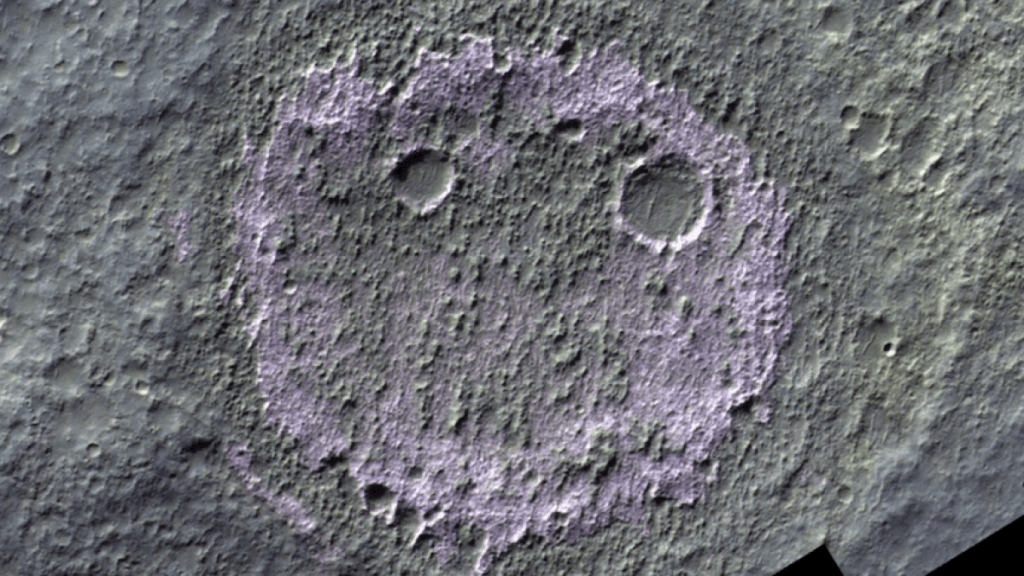
Smiley face on Mars is a telltale sign of its past (Image Credit: Mashable)
The planet, today 1,000 times drier than the driest desert on Earth, gradually lost its insulating atmosphere. The Red Planet’s once great Martian lakes and rivers evaporated some 3 billion years ago, and the rocky world plunged into a global freeze. But some pools of water with high levels of salt persisted, dramatically lowering the freezing point to some -40 degrees Fahrenheit (-40 degrees Celsius). Salt, as you probably know from swimming in the ocean, easily dissolves in water.
These ancient pools could have even hosted holdouts of life — hardy primitive microbes. But eventually these pools vanished, too. Salt deposits, like those shown below, were left behind. Today, these dried relics of Mars’ watery past can resemble some familiar shapes.
“Most likely, those salt deposits formed from shallow ponds of water or brine that evaporated in the sun,” Valentin Bickel, a planetary scientist at the University of Bern in Switzerland, said in a statement. “People use a similar method to produce salt for human consumption in saltwater pools on Earth,” Bickel, who led the recent research published in the journal Scientific Data, added.
The European Space Agency’s ExoMars Trace Gas Orbiter, a Martian satellite that’s part of a mission to determine if life has ever existed on Mars, captured the imagery. In the colour-infrared image, the salty deposits are shown in purple on Mars’ desert surface.

Credit: ESA / TGO / CaSSIS

Credit: ESA / TGO / CaSSIS
📷 ESA's ExoMars @ESA_TGO spacecraft captured this image on 20 August 2022 of mineral deposits in a dried-up riverbed in Terra Sirenum in the southern hemisphere of the Red Planet. pic.twitter.com/CbZzXlyROX
— European Space Agency (@esa) August 9, 2024
A collaboration between NASA and ESA will in 2028 launch a terrestrial companion to the ExoMars satellite, the ExoMars Rosalind Franklin rover. “A new instrument on the rover will be the first drill to a depth of up to 6.5 feet (2 meters) deep below the surface to collect ice samples that have been protected from surface radiation and extreme temperatures,” NASA said.
It’s here, beneath the surface, that scientists may detect compelling evidence of life. Robust bacteria, similar to those found on Earth, could have persisted underground, in dormant states, for millions of years.
We won’t know until we look.
Topics
NASA





